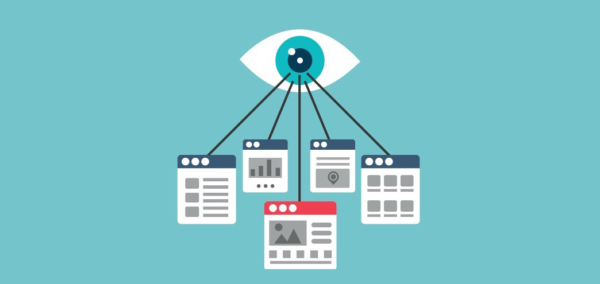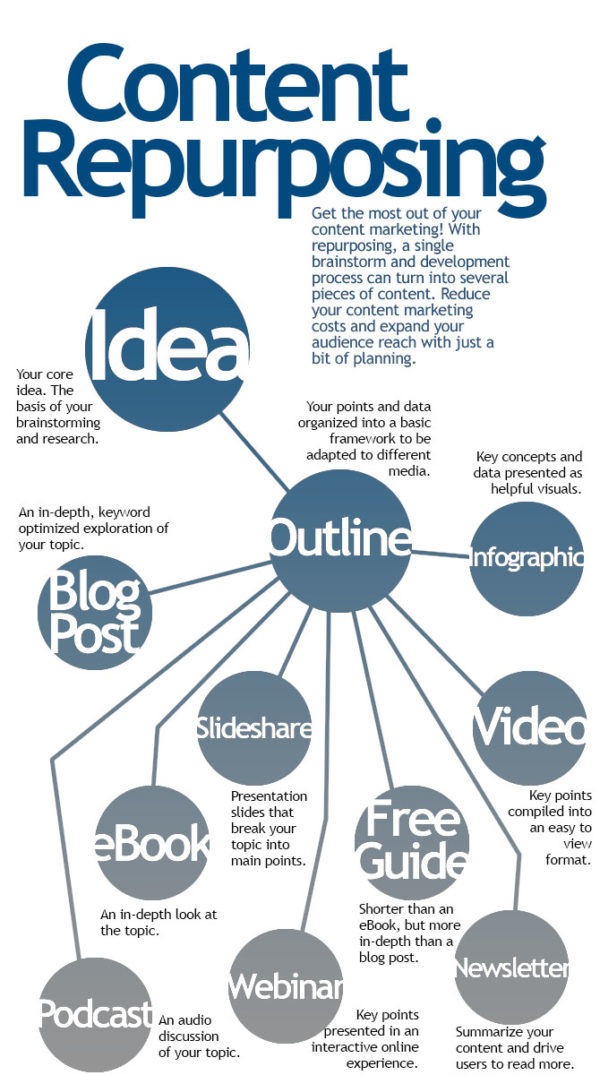Writing Tips to Attract More Clients to Your eLearning Platform
E-learning has become huge these past few years. Many say that it is the future of education because of its accessibility and affordability. However, so many e-learning courses online also make it more challenging for the creators. How do you create an e-learning platform people will choose over other platforms?
Quality of e-learning websites is not the same. Some are very plain, while others are more advanced. Some courses are very informative, but lack a touch of creativity, making them boring for the learners. To attract as more clients to your platform as you can, you must choose the right set of tools and use them properly.
‘Your biggest tool for creating a great platform is content. Content is king, they say. And they are right. Your content will make all the difference from a platform learners want to study from and one they give up on after a day or two’ – says Alexander Smith, an expert at the cheap essay writing service EssayWritingLand.
Good e-learning platforms have qualities that people recognize instantly and require effort on behalf of the designers. To avoid getting little or no positive feedback, here is what you need to do.
Organize the Content
The first thing to consider when you are planning for your content is organize it. Don’t just rush into writing it, but think where you are going to place it and what you are trying to achieve with it.
Ask yourself the following questions:
- In what order is it best to present the content?
- How can I repurpose the old material in the new one?
- What questions need to be answered?
There is only one way to do this: create an outline. Use that outline to do brainstorming, create a flowchart or whatever else makes it easier to organize the thoughts. Some applications for mind-mapping and organization can also help.
Go the Simpler Road
Your subject can be as technical as it gets, but the goal of an e-learning platform is to make it simple enough to learn it. As often as possible, use basic language, or language your targeted audience is surely introduced to.
The simpler the content, the more people you can attract with it. Everyday vocabulary can be understood by everyone, so you might want to consider going the simpler road to make your content easily accessible.
If you are creating content for a course that is aimed toward advanced learners in the field, make sure that everyone knows this. In that way, there won’t be surprises, or learners wondering what something means or struggling with understanding the content.
Make It Engaging
In many courses, writers are drowning in their own words. Their content stops being interesting somewhere after the very beginning and getting to its end becomes a real torture.
Don’t do this to the e-learners who visit your platform. Distance learning should be a piece of cake, not a torture. People are supposed to access it from anywhere, making it the most convenient way to learn. Don’t forget this.
Include Visuals
More often than not, people will get bored from seeing content only, even if it’s the best they’ve read. Why? Because visualization is highly important when it comes to e-learning. If you know how to use it wisely, this can become one of your best tools for attracting the audience.
If you don’t take advantage of visuals, readers might just scan the page and leave it without giving your content a shot. Make them want to read the content, don’t expect them to guess that it is great!
In addition to getting people to read the content by using visuals, you should consider images and other multimedia to illustrate your ideas better. A combination of fine content and creative visuals is easier for the brain and the eye.
Allow for No Grammar Mistakes
Grammar mistakes might have been overseen back when you were in school, but these are a definite no on an actual learning platform. If your content is not mistake-free, this will make the entire platform look unprofessional and less educational, no matter how great the materials provided there are. If you want the content to attract more people, allowing for mistakes is the worst way to do it.
Use All the Tools the Platform Gives You Access To
One of the biggest mistakes of e-learning platform creators is replicating what’s found in the textbooks. No one expects you to create a whole new way of teaching and learning, but being innovative is what puts you ahead of the competition.
Thankfully, the medium you are using for the platform will have a variety of tools you can use. Leverage all of them for the best result. Start with the occasional infographic or graph and move toward different fonts, colors, and illustrations. There is no limit to what you can do on the right platform.
Don’t Leave It Cluttered
Whilst it is a good idea to add visuals and some versatility on the e-learning platform, you should attempt to keep it uncluttered. The platform is created with an educational purpose and overdoing it can have the opposite effect to this purpose.
Limit your formats and font types, combine few colors only, and keep the visuals limited. The learners should feel inspired and interested, but the platform shouldn’t confuse or make them lose their focus.
Use Reinforcements
E-learners enjoy a platform that strays from the traditional classroom because it allows for more flexibility. They can use a variety of tools to access the information on a platform, but this is definitely not a reason to take the learning lightly. In a traditional classroom, the teacher makes sure that the content is reinforced by asking questions, incorporating tests and quizzes, introducing contests, etc.
Use reinforcements in your e-learning processes too. Without it, you are risking leaving a client go without the information they came to get in the first place.
Seek Various Experts
Online content is literally based on collaboration with others. The more versatile your platform is, the better results you can get. Seek the help of various experts in the field to provide a better and more interesting source of learning. By doing so, you can attract people that wouldn’t even think of studying online before they saw your platform.
Repurpose the Content You Already Shared
You don’t always have to create e-learning content from scratch. In many cases, you can reuse things you already used by only making some small modifications. This can save you plenty of time, but only if you do it right.
How do you repurpose the content on your platform to achieve the best results? Check your assets and inventory, create a new outline to organize this, and use several sources to create a new, more attractive e-learning material. New additions to the old content can also go a long way for your e-learning platform. Add some visuals, create videos, and simply make the content more easily digestible for the readers. This should help you attract more clients from what you already have without having to spend a fortune or days writing new content.
E-learning has become one of the favorite ways of learning of many. To create a platform people will want to learn from and visit regularly, you need to focus on your content strategy and aim it in the right direction. These tips should get you on the right track in no time!
About the author:
Paula Hicks is an experienced journalist from Romania. Currently, lives in the United States and works as a freelance editor for the number of educational resources. Her big dream is to open a publishing house in Europe.
























